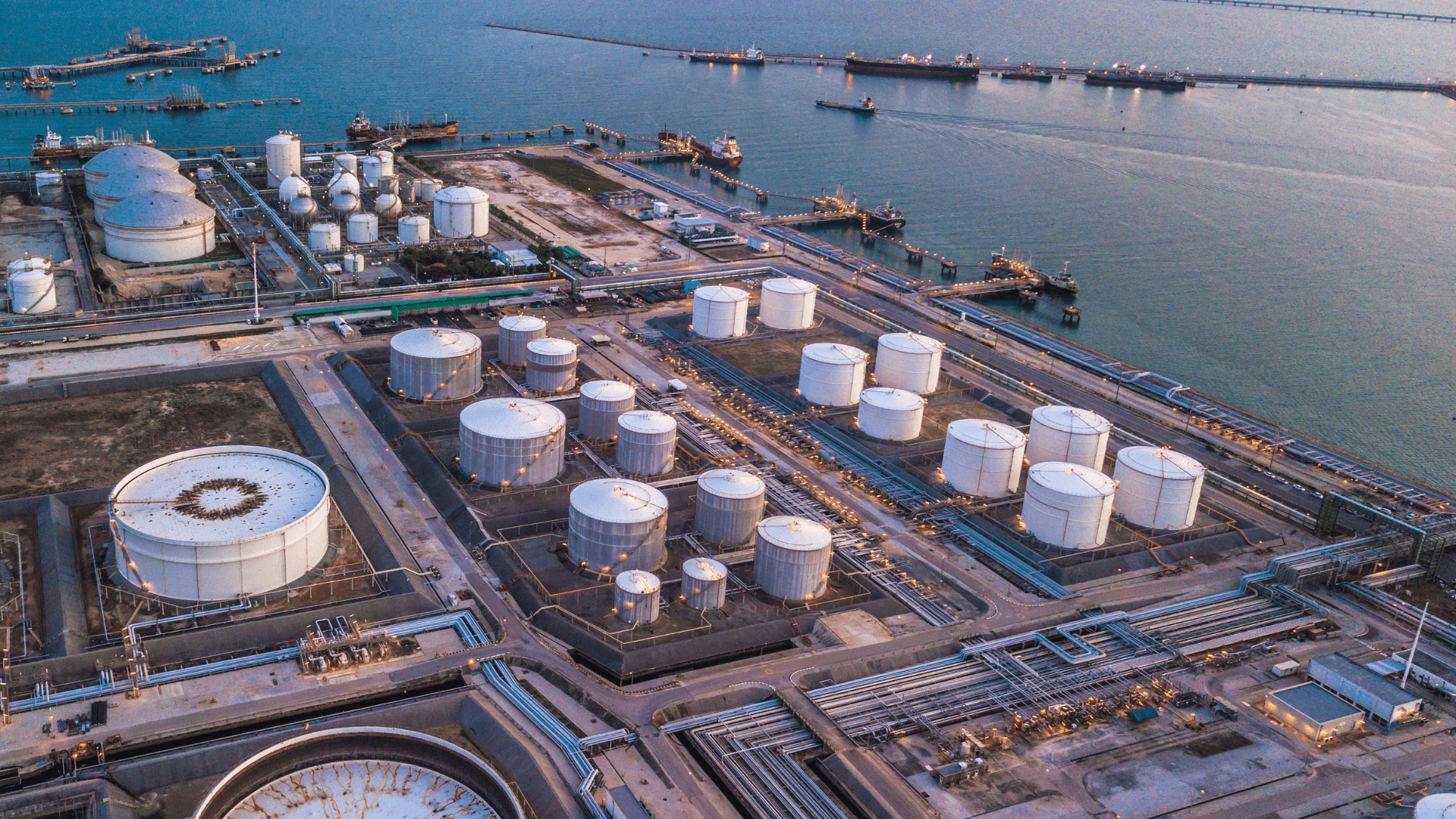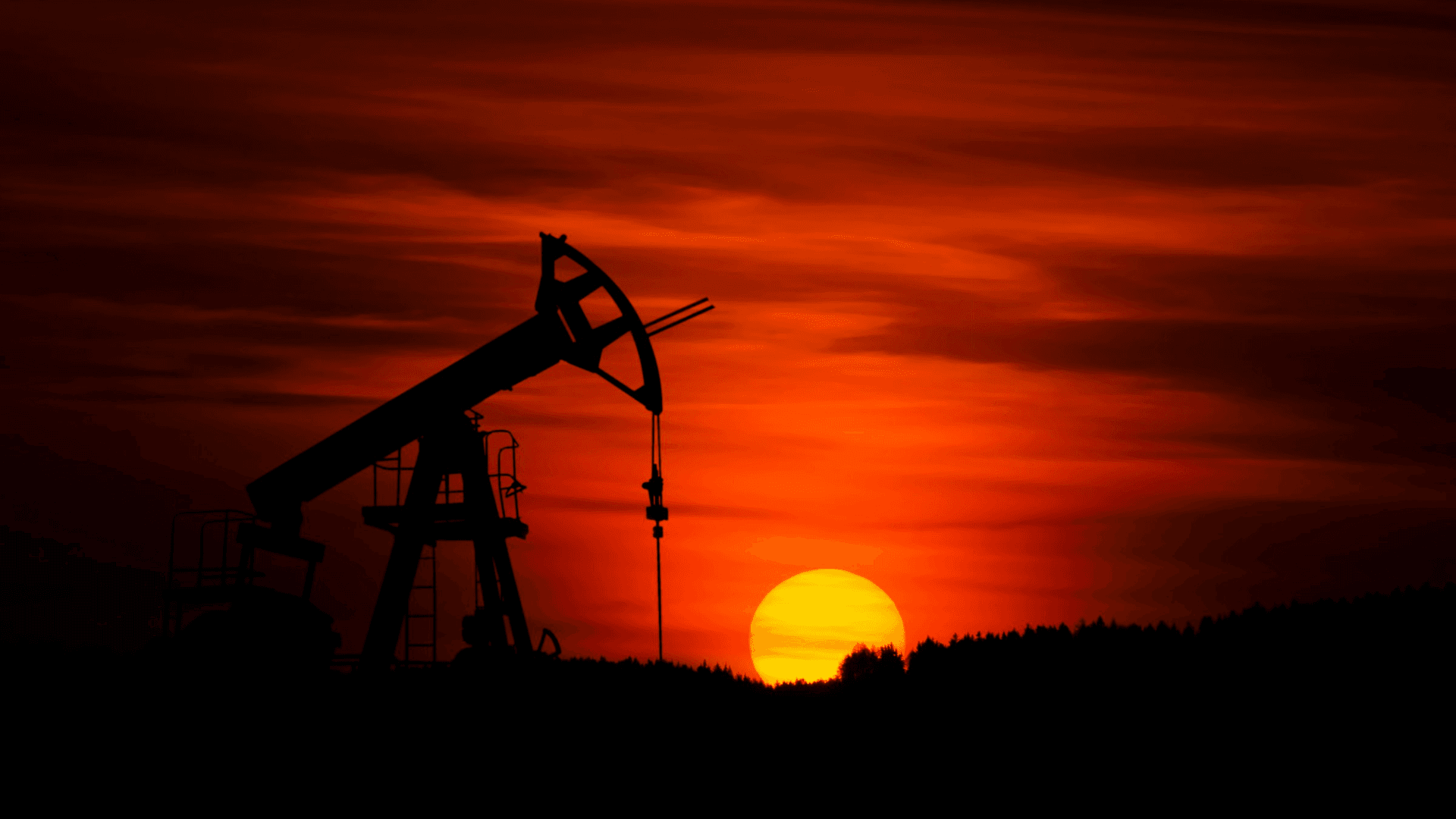business resources
The Strategic Role of Midstream Oil and Gas in Shaping Energy Markets
3 Jun 2024, 3:51 pm GMT+1
The midstream sector of the oil and gas industry is a critical bridge between the extraction of petroleum and its final consumption, serving as the circulatory system that pumps vital energy resources across the globe. This segment ensures that crude oil, natural gas, and derivatives reach markets efficiently and safely, ultimately influencing pricing, supply stability, and energy security worldwide.
Midstream Sector
What is midstream Oil and Gas? The term "midstream" in the oil and gas industry refers to a segment of the oil and gas industry involved in the transportation, storage, and wholesale marketing of crude or refined petroleum products. Unlike upstream activities that focus on exploration and production, and downstream processes that include refining and selling, midstream operations are central to managing the flow from source to service.
- Pipeline transport: Moving oil and gas through intercontinental or regional pipelines.
- Shipping and freight: Utilizing tanker ships and barges for transoceanic and coastal transport.
- Trucking and rail: Employing tanker trucks and railroads for flexible delivery options.
- Storage facilities: Operating tank farms, caverns, and floating facilities to balance supply and demand.
- Wholesale marketing: Trading commodities in various markets and managing contractual relationships.
How Does the Midstream Sector Operate?

Transportation
Transporting oil and gas involves multiple methods, each with distinct advantages and challenges that impact efficiency, cost, and environmental considerations.
- Pipelines: Cost-effective for large volumes over long distances, but subject to regulatory scrutiny and environmental risks.
- Maritime transport: Flexible and capacity-rich, yet vulnerable to geopolitical tensions and maritime regulations.
- Rail and road solutions: Offer route versatility but are more expensive and pose higher risks of accidents.
Storage
Storage plays a pivotal role in regulating the flow of energy commodities, buffering against market volatility, and ensuring uninterrupted supply.
- Underground storage: Natural geological formations or excavated sites provide large-scale storage with minimal environmental footprint.
- Above-ground tanks: Visible and accessible, these facilities allow for easier expansion and monitoring.
- Floating storage units: Deployed in response to short-term oversupply or logistical constraints.
Wholesale Marketing
Wholesale marketers act as the crucial link between producers and downstream markets, influencing prices and availability through strategic selling and stock management.
- Market dynamics: Marketers respond to supply-demand imbalances, affecting prices globally.
- Contract management: Long-term and spot contracts dictate availability and pricing structures.
- Strategic reserves: Holding or releasing stocks can stabilize or shake market sentiments.
What is the Economic Impact of the Midstream Sector on Energy Markets?
Midstream operations significantly impact economic indicators such as employment, investment in infrastructure, and global trade balances.
- Impact on Oil Prices: Efficient midstream services can stabilize prices by ensuring steady supply, whereas bottlenecks can cause price spikes.
- Impact on Gas Prices: The availability of flexible storage and transport options can mitigate seasonal price fluctuations.
How Do Regulations Affect the Midstream Sector?
The midstream sector is heavily regulated to ensure safety, environmental protection, and fair market practices.
- Safety and environmental regulations: Aimed at minimizing spills and leaks, enhancing operational safety.
- Market regulations: Ensure fair pricing and prevent monopolistic practices.
- Cross-border regulations: Govern international pipelines and transnational shipments.
What Are the Technological Advancements in the Midstream Sector?

Recent innovations focus on enhancing efficiency, safety, and environmental performance.
- Automation and AI: Improve predictive maintenance, route optimization, and operational efficiencies.
- Environmental Technologies: Developments like carbon capture and storage (CCS) and reduced-emission equipment help mitigate environmental impacts.
How Does Midstream Connectivity Influence Global Energy Security?
Reliable midstream networks are essential for maintaining energy security, influencing national policies, and international relations.
- Strategic pipelines and shipping routes: Enhance energy independence by diversifying supply sources.
- Interconnectivity: Facilitates the integration of regional energy markets, enhancing overall stability.
What Are the Environmental Impacts of the Midstream Sector?
The sector faces challenges related to spill risks, emissions, and habitat disruption.
- Spill management and response technologies: Critical for minimizing environmental damage.
- Emission control technologies: Reduce the carbon footprint of transport and storage operations.
Future Trends in the Midstream Sector
 The sector is poised for transformative changes as it adapts to global energy transitions and market dynamics.
The sector is poised for transformative changes as it adapts to global energy transitions and market dynamics.
- Expansion into Emerging Markets: Increasing energy demand in developing regions presents new opportunities.
- Integration with Renewable Energy Sources: Adapting infrastructure to accommodate biofuels and hydrogen.
Conclusion
The midstream oil and gas sector plays an indispensable role in shaping global energy markets, balancing supply and demand, and influencing economic and environmental landscapes. As the sector evolves, it will continue to face challenges and opportunities that will require innovative solutions and strategic adaptations to meet the demands of a changing world.
Share this
Contributor
Staff
The team of expert contributors at Businessabc brings together a diverse range of insights and knowledge from various industries, including 4IR technologies like Artificial Intelligence, Digital Twin, Spatial Computing, Smart Cities, and from various aspects of businesses like policy, governance, cybersecurity, and innovation. Committed to delivering high-quality content, our contributors provide in-depth analysis, thought leadership, and the latest trends to keep our readers informed and ahead of the curve. Whether it's business strategy, technology, or market trends, the Businessabc Contributor team is dedicated to offering valuable perspectives that empower professionals and entrepreneurs alike.
previous
How Different Types of Businesses Find Value in Freight Brokers
next
Decoding CRM: Unveiling the Secrets of Effective Customer Management